
Parle Case Study
Introduction:
Parle, a renowned biscuit brand owned by Parle Products Private Limited, achieved the remarkable feat of being named the top-selling biscuit in 2011, marking a proud moment for the indigenous company. During the lockdown of 2020, Parle Products reported its highest sales of Parle-G biscuits.
Establishing and expanding a business globally is a challenging endeavor, and Parle stands as one of India’s oldest and most successful biscuit brands. Founded by the Chauhan family, the brand identified biscuits as a popular choice among the Indian populace, particularly after the end of British rule. Recognizing the importance of advertising, Parle-G laid the foundation for its future success through strategic marketing campaigns.
Despite being one of the oldest biscuit brands, Parle has maintained its affordability over the years, refraining from increasing its prices for the past 25 years. Despite attempts to raise prices, even a marginal increase of Rs. 0.50 resulted in significant public outcry.
In 2013, Parle-G contributed to a turnover exceeding 5000 crores, which surged to a staggering 8000 crores during the 2018-20 period. This remarkable growth prompts the question: what factors contribute to such a significant increase in turnover despite unchanged biscuit prices?
Parle-G – Founder and History
The Chauhan family owns Parle-G, a popular biscuit brand produced by Parle Products. The company, originally founded by Vijay Chauhan, Sharad Chauhan, and later Raj Chauhan, has its headquarters located in the Vile Parle neighbourhood of Mumbai’s western region.
With its establishment dating back to 1929, Parle is one of India’s oldest brands. The production of Parle-G biscuits commenced in 1939, and following India’s independence, the company began advertising its products. These ads, focusing on glucose biscuits, gained widespread popularity among Indian consumers.
Initially named Parle-Glucose until 1980, the biscuit was later rebranded as Parle-G, with the “G” representing glucose (though in recent advertising campaigns, it symbolises “genius”). Today, Parle-G biscuits are sold globally, reaching markets in the United States, Europe, and Africa.
Parle-G – Logo and Meaning
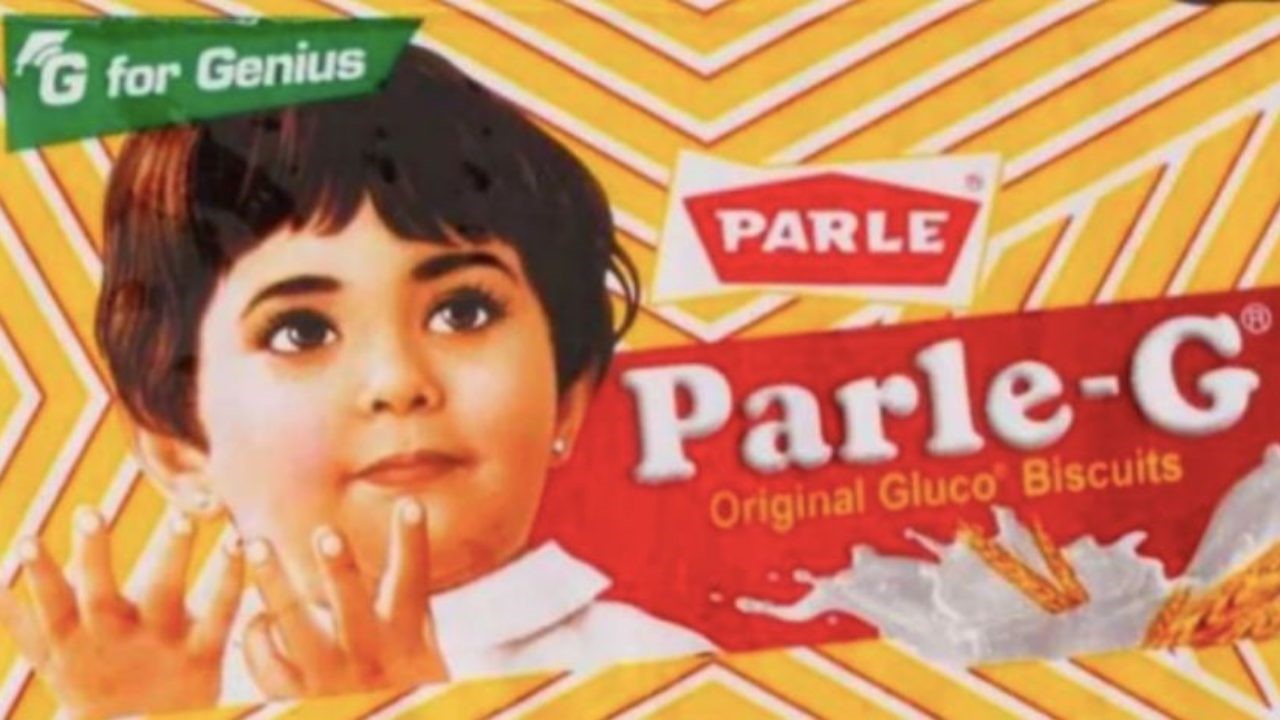
The logo of Parle-G is one of the most well-known in India. The logo shows a young girl child, about the age of 4-5. The logo is significant as it shows that all age groups can eat the biscuit and the glucose components are suitable for kids even.
Parle-G never changed the logo as it is crucial to illustrate the originality and stability of the product. The same logo in the packaging can help customers to remember and recognize it.
What’s New:
Parle remains India’s leading FMCG brand for in-home consumption, while Britannia tops the charts for out-of-home consumption. During the fiscal year 2022, Parle achieved sales exceeding $2 billion, marking a significant milestone for the company. Additionally, Parle aims to expand its global footprint by acquiring biscuit maker Dr. Gerard in Poland, while also preparing to compete with industry giants like Kellogg’s and Nestle by introducing breakfast cereals to its product lineup. In response to rising input costs, Parle recently increased biscuit prices by 5-10%. Despite challenges, Parle has witnessed a remarkable 38% surge in biscuit sales. Its journey from a Swadeshi brand to a modern-day favourite reflects India’s own evolution, with Parle successfully maintaining its legacy while adapting to contemporary trends. Renowned for its nostalgic appeal and affordability, Parle continues to resonate with consumers as a brand that embodies the spirit of the common people.
Quick Stats about
Parle Founder – Mahan Dayal Chauhan
Year Founded – 1929
Origin – Vile Parle, Mumbai
No. of Employees – 50,500
Company Type – Private
Market Cap – INR 1363 Crore (2021)
Annual Revenue – INR 2800 Crore (2017)
Net Income/ Profit – INR 1.78 Crore (2019)
Products Of Parle:
Parle company provides a wide range of products, some of which are:
- Candies
- Wafer
- Biscuits
- Drinks
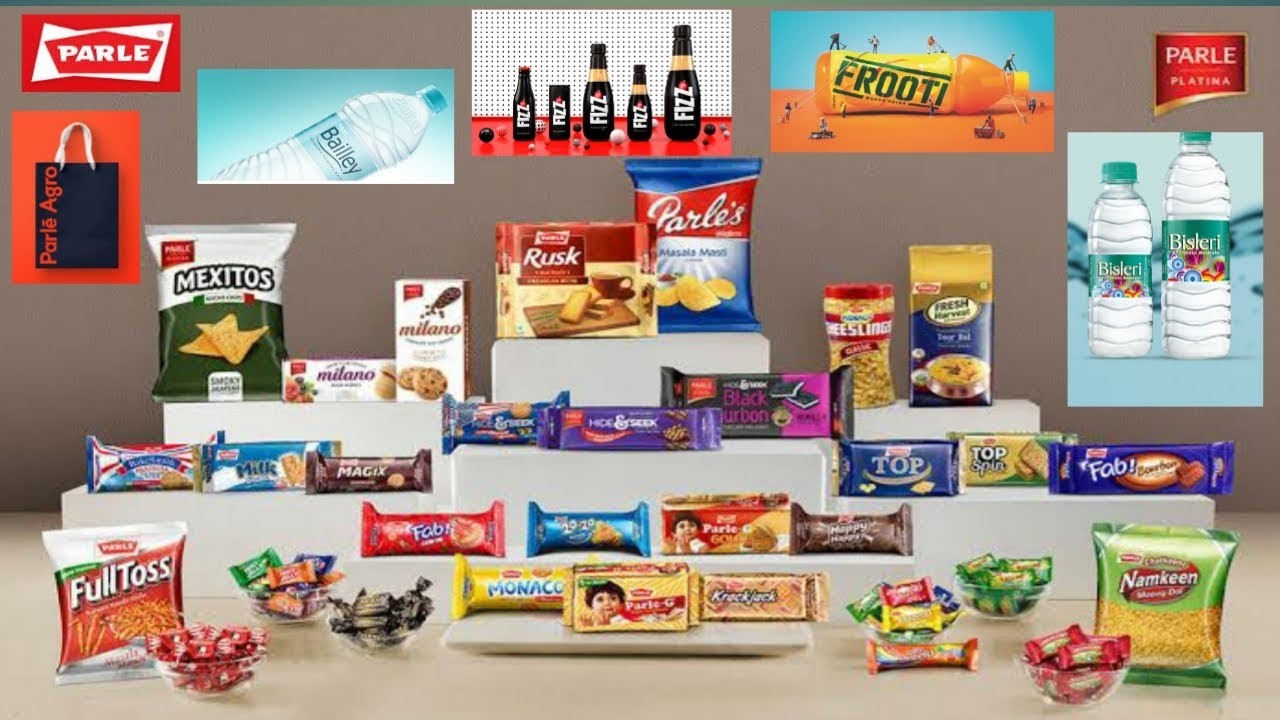
Competitors of Parle:
The following Companies are the close competitors of Parle Company:
- Britannica
- Horlicks Biscuits
- Richfield Industries Private Limited
- Cookies Man India
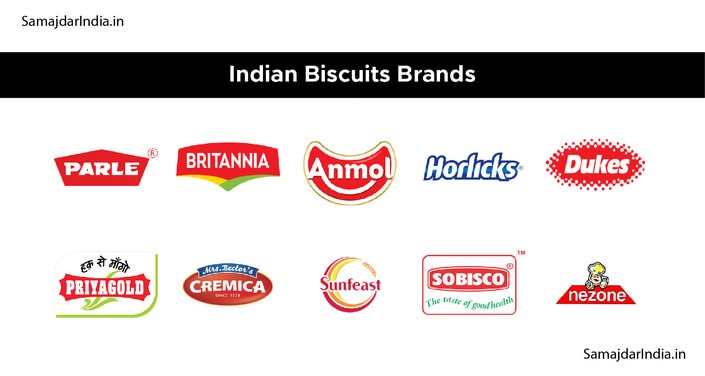
Marketing Strategy of Parle
Parle employs diverse marketing tactics to promote its brand. These include sponsorship activities, leveraging brand ambassadors, and employing various advertising campaigns. These campaigns encompass celebrity endorsements on product packaging and in-store displays, distribution of advertising flyers, and utilisation of social media platforms for promotional purposes.
Sponsorships & Collaborations of Parle
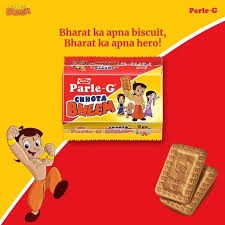
Parle has engaged in sponsorships with popular shows like Shaktimaan and Chotta Bheem, as well as various events aired on multiple channels. By associating with these shows and events, Parle aims to reach targeted audiences who are likely to be interested in its products. Collaborating with Shaktimaan and Chotta Bheem has enabled Parle to establish connections with children, who represent a key demographic for its products. The overarching goal of these partnerships is to engage with the audience, identify mutual interests, and support opportunities that align with Parle’s brand values, ultimately fostering meaningful relationships that drive positive outcomes.
Brand Ambassadors of Parle
Over the years, Parle has enlisted several brand ambassadors, primarily from the Bollywood and related industries, to endorse its products. These personalities have played a crucial role in expanding Parle’s message globally. Each brand ambassador for Parle represents a distinct narrative associated with a Parle product, contributing significantly to the growth of the respective brands.
Currently, Parle has secured endorsements from Twinkle Khanna for the Milano brand, Amitabh Bachchan for Gold Star Cookies, and Ahsaas Channa for Melody Chocolate. Previously, Parle has collaborated with renowned figures such as Aamir Khan and Hrithik Roshan to promote Monaco and Hide & Seek biscuits, respectively.
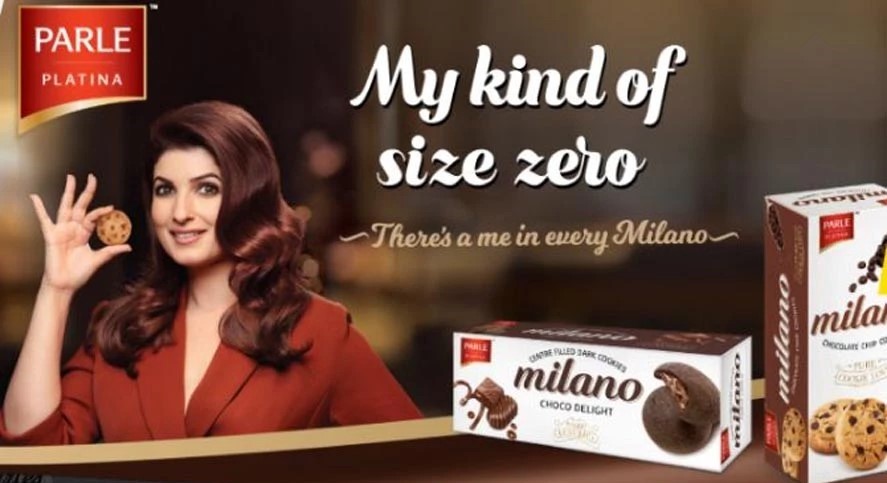
Social Media Presence of Parle
The digital footprint of a company encompasses its online appearance, including controllable elements like websites and social media channels, as well as uncontrollable aspects such as customer reviews.
In the past, Parle primarily relied on television and newspapers for product promotion. However, recognizing the importance of adapting to changing trends, the company has allocated a larger portion of its promotional budget, around 15-20%, to digital marketing. Parle has established dedicated pages on various social media platforms to engage with younger consumers. Below are the company’s social media handles.
To engage its audience effectively, the company is developing compelling and tailored content to market its products through digital channels.
These marketing strategies implemented by Parle enable them to attain their company objectives. Marketing plays a crucial role in driving company growth, making it a vital aspect of business operations.
Parle-G – Revenue and Growth
The hallmark of Parle-G biscuits is their affordability, priced at just seventy-seven rupees per kilogram, placing them in the category of budget-friendly snacks. This affordability factor has been pivotal to the brand’s success and widespread popularity.
Parle-G holds the distinction of being one of the most affordable biscuits on the market, making it a preferred choice for consumers, particularly during challenging economic times. Remarkably, Parle-G contributes significantly to the company’s revenue, accounting for one-third of its total sales volume.
Originally established in a Mumbai suburb, Parle-G quickly gained nationwide acclaim before expanding its reach globally. Today, Parle-G is manufactured in over seven countries and is available in various international markets, including the United States, Nepal, Nigeria, Europe, and several parts of Africa.
With over 130 factories across India, Parle-G biscuits are readily accessible through numerous retail outlets nationwide. During the unprecedented circumstances of the COVID-19 pandemic in 2020, Parle-G witnessed a surge in sales as people stocked up on essential food items, and the brand was also actively involved in relief efforts by distributing millions of packs to those in need.
This surge in sales during the pandemic marked the highest growth rate for Parle-G in over 40 years, underscoring its enduring popularity and resilience. Despite its longstanding presence in the market, Parle-G has maintained its reputation for quality and taste, earning it the title of “Bharat ka Apna Biscuit” and recognition as the world’s largest selling biscuit brand by Nielsen in 2013
Marketing and Advertising Campaigns of Parle
Advertising campaigns serve as the backbone of any business, playing a vital role in attracting customers, converting leads, increasing product visibility, and fostering brand loyalty. While they can be resource-intensive, when executed effectively, they have the potential to propel business growth and establish a lasting brand presence.
Below are a few noteworthy advertising campaigns undertaken by Parle:
G Maane Genius – A Marketing Campaign of Parle G
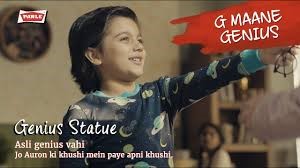
The primary goal of this campaign is to stimulate dialogue among the audience and raise awareness about discovering happiness through acts of kindness and assistance to others.
You Are My Parle G – A Marketing Campaign of Parle G
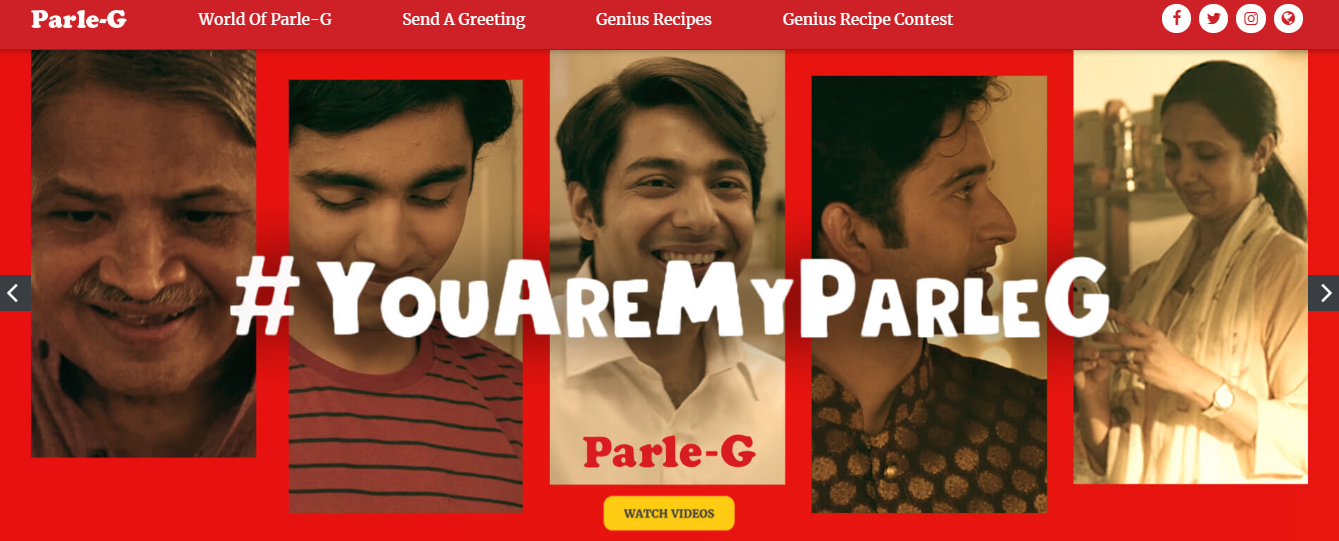
The “You are my Parle-G” campaign focused on fostering a connection with the brand. It featured multiple iterations, including one that paid tribute to mothers’ resilience on Mother’s Day. This specific campaign debuted during the Indian Premier League (IPL) 2018 season, where Parle Products served as an associate sponsor.
Birthday Party – A Marketing Campaign of Parle G
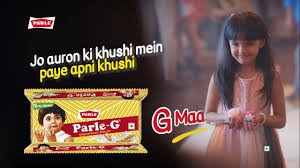
The newest Parle-G campaign highlights children demonstrating quick wit and compassion to bring happiness to their loved ones, embodying the brand’s identity of being ingenious. Through three films created by Thought Blurb Communications, this message is conveyed without forceful taglines, simply emphasizing that genuine brilliance lies in deriving joy from others’ happiness. Consequently, the company promotes all its products through creative marketing initiatives to captivate consumer interest. Despite facing fierce competition, Parle stands out. Now, let’s delve into its competitive landscape.
Competitive Background of Parle
The Indian food products company renowned for its biscuits and sweets faces competition from several brands in the market. Here are five of its rivals:
- Britannia Industries: A leading player in the Indian biscuit and confectionery market, Britannia offers a diverse array of products, including biscuits, cakes, and dairy items, to suit varied consumer preferences.
- ITC Limited (Sunfeast): Considered a significant competitor to Parle in the biscuit segment, ITC’s Sunfeast brand provides a wide range of biscuits, encompassing both traditional and innovative flavours.
- Mondelez India: A global confectionery giant, Mondelez has a robust presence in the Indian market through its subsidiary, Mondelez India. Its product lineup includes popular brands like Cadbury Dairy Milk, Bournvita biscuits, and Oreo cookies.
- Anmol Industries: Another notable player in the Indian biscuit market, Anmol Industries offers a diverse selection of biscuits and cookies, catering to various consumer segments.
- Patanjali Ayurved: Founded by Baba Ramdev, Patanjali Ayurved has ventured into the biscuit and confectionery market, offering a range of ayurvedic and herbal biscuits alongside other food products.
Swot Analysis of Parle
This analysis of Parle will assess the company’s Strengths, Weaknesses, Opportunities, and Threats (SWOT). In SWOT analysis, Strengths and Weaknesses are internal factors that relate to the company itself, while Opportunities and Threats are external factors that come from the broader business environment.
- Strengths of Parle
Strengths are internal attributes within a company that empower it and contribute to its growth.
- Parle boasts a robust supply chain, ensuring its products are widely available across every corner of India. This extensive distribution network is a significant advantage, especially for Parle-G, which is the highest-selling biscuit brand in India, the largest market for biscuits.
- Additionally, Parle has established a strong presence in rural markets, earning the trust of consumers. In 2014, it ranked 48th among all Indian brands, reflecting its reputation as a trustworthy brand.
- Moreover, Parle’s products are priced affordably, with options such as 5-rupee and even 2-rupee packets available. This affordability makes Parle biscuits accessible to a wide range of consumers, including those with limited financial means, who can easily incorporate them into their breakfast routines.
- Weaknesses of Parle
Weaknesses refer to factors that hinder the success of a company. Let’s explore some of the weaknesses of Parle.
- Overdependence on Parle-G Brand for Revenue: Parle-G is the primary revenue driver for Parle Limited, overshadowing its other snack and candy offerings, which lack similar popularity among consumers.
- Lack of Product Diversity: Parle’s product portfolio lacks diversity, with offerings such as glucose biscuits, mango bites, and candies being similar to those of its competitors. The company has not introduced any new products for a significant period, and the taste of existing products is reportedly declining.
- Intense Competition: Parle faces stiff competition from numerous domestic brands, which impacts its supply chain, particularly in regional markets. Additionally, the emergence of new bakery products poses a significant threat to Parle’s market share.
- Opportunities of Parle
Opportunities refer to external factors that, if identified and capitalized on, can contribute to a company’s growth. Let’s explore some potential opportunities for Parle:
- Introduction of New Health-Focused Products: Parle has the opportunity to expand its product range by introducing innovative offerings in the health sector. Collaborations with pharmaceutical companies, hospitals, and renowned doctors can help Parle tap into this growing market segment.
- Expansion of Export Market: Parle-G has a strong presence in export markets, including SAARC countries, the US, UK, Europe, and parts of Africa. The company can further capitalise on this by exploring new export opportunities and expanding its global footprint.
- Rising Purchasing Power of Consumers: As consumers’ purchasing power increases, there is a higher demand for quality products at affordable prices. Parle, known for maintaining quality while offering products at competitive prices, stands to benefit from this trend by meeting the growing demand with its wide range of offerings.
- Threats of Parle
Threats are potential risks or challenges that can negatively impact a company and lead to losses. Let’s discuss some of the threats that Parle faces:
- Competition from Bakery Products: Local bakeries, which are often regionally located, pose a significant threat to snack and biscuit companies like Parle. With competitive pricing and reduced taxes, bakery products are becoming staples in households, potentially diverting consumers away from Parle products.
- Substitutionary Products: While Parle-G biscuits have long been a popular choice for morning snacks in Indian households, the increasing demand for alternative snacks like toast, sandwiches, and rusks poses a threat to Parle’s market share. As consumer preferences evolve, there is a risk of decreased demand for Parle biscuits.
- Rising Raw Material Prices: Raw materials such as wheat and sugar are essential components of Parle products. Fluctuations in the prices of these raw materials can directly impact production costs, leading to increased product prices or reduced profit margins for Parle.
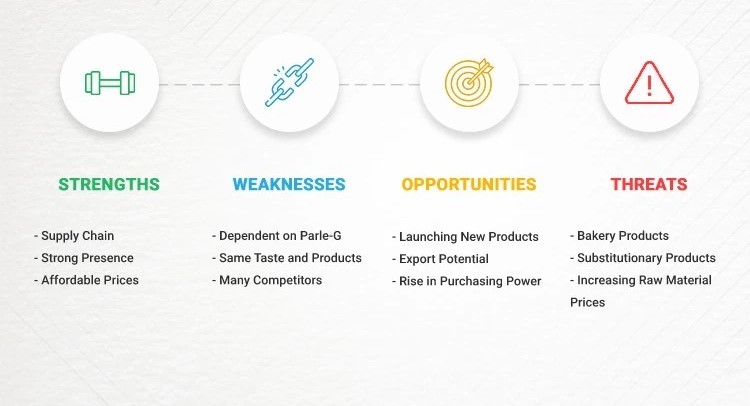
Parle-G – Achievements
Parle-G stands out as the leading biscuit brand in India, renowned for its affordability and widespread popularity among consumers. It marked a significant milestone by becoming the first domestic biscuit brand to surpass the 5000 crore sales mark. Additionally, Parle-G has earned the distinction of being the top FMCG (Fast-Moving Consumer Goods) brand in the country, known for its reliability and consistent quality.
The brand’s excellence was recognized internationally when its Parle-Glucose biscuits received the prestigious World Selection Award at Geneva in 1976. With a growing presence in foreign markets, particularly in the United States, Africa, and Europe, Parle-G has cemented its reputation as a globally recognized brand.
What began as a small confectionery has evolved into India’s largest biscuit producer, a testament to Parle-G’s remarkable journey and unique position in the market.
Conclusion
The Parle case study highlights the brand’s remarkable success and widespread consumer trust, positioning it as one of India’s foremost brands. However, to sustain this success, the company should consider diversifying its product offerings and introducing new variants to the market. Currently, Parle heavily relies on the revenue generated from its flagship product, Parle-G biscuits, indicating a need for greater product diversification.
Despite its enduring popularity, Parle’s product portfolio has remained largely unchanged over the years. This suggests an opportunity for the company to innovate and adapt to evolving consumer preferences.





